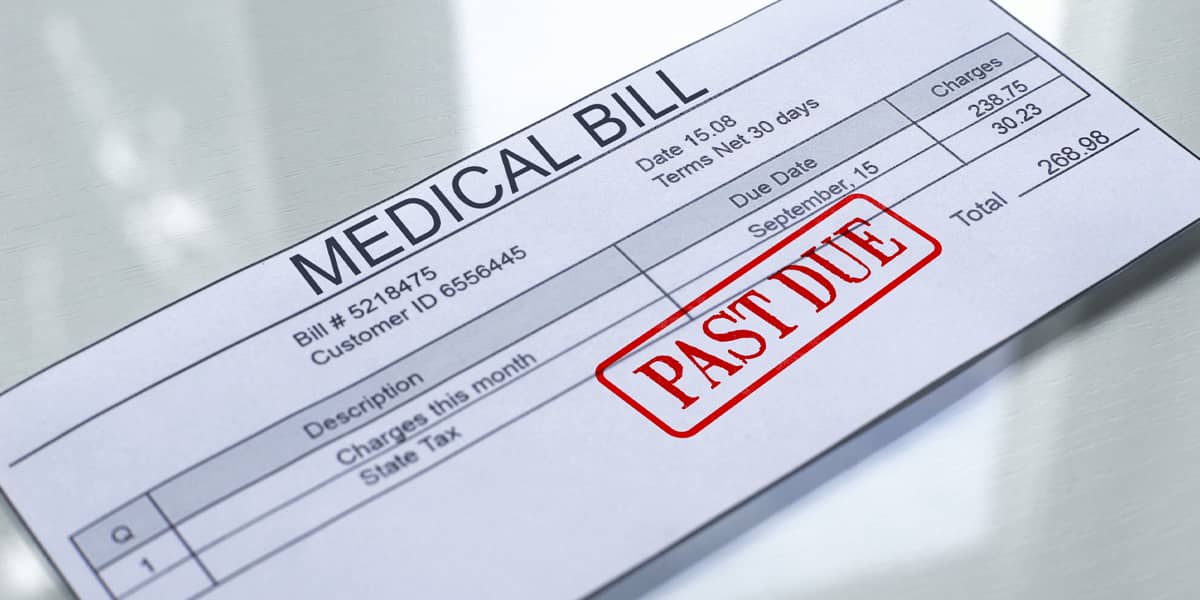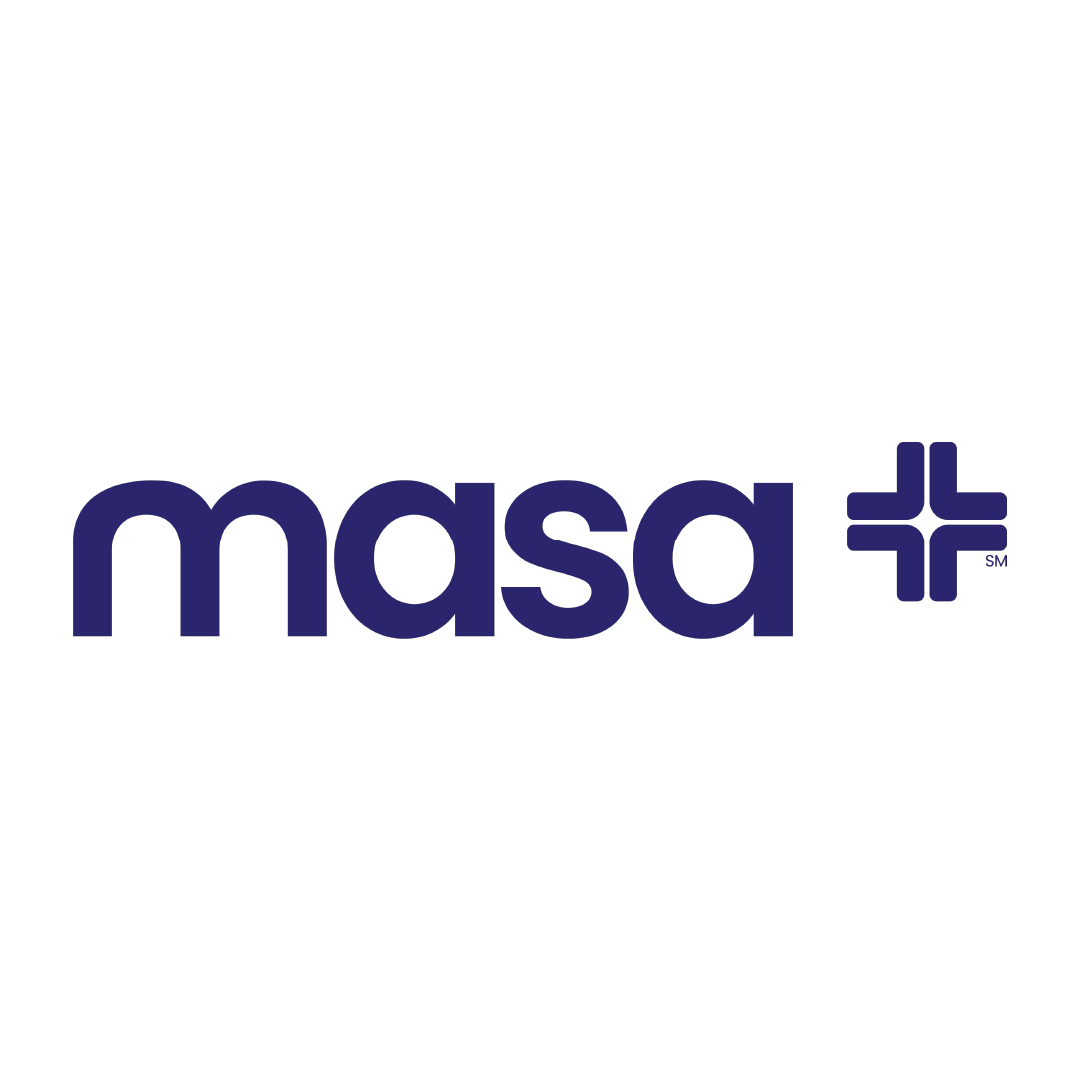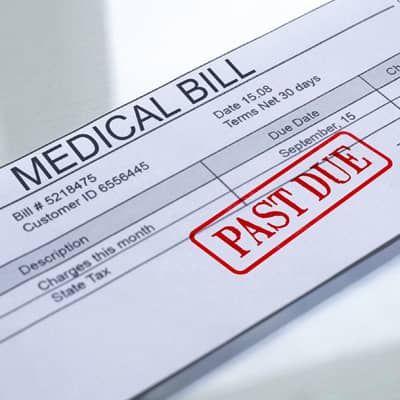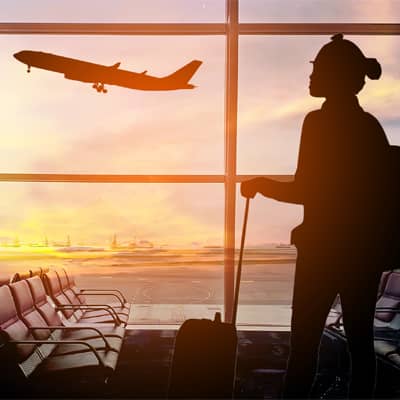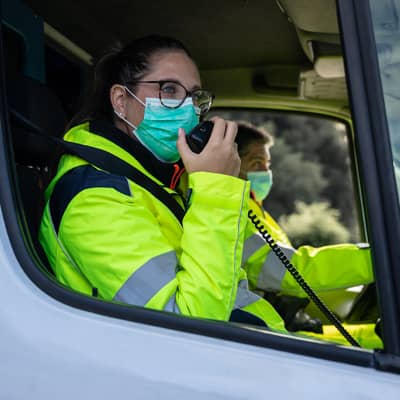All emergencies are terrifying. Whether it’s you or a loved one who’s in trouble, each moment will be filled with fear, anxiety and panic. In the crucial hours after an accident, nothing else matters besides your health and well-being. Every second counts and everyone in the situation knows it. Those are just a few of many reasons why EMS personnel don’t take the time to look up your insurance and make sure treatment fits your plan. The sad truth is, it’s not important. But when the dust clears, the excessive amount you owe will be.
So, why are most emergency bills so high? Chances are, the provider that picked you up was “out-of-network”. Essentially, this means that your health insurance plan will not cover that provider’s services. According to the New York Times, more than half of all emergency providers are out-of-network.1 Worse yet, if your emergency is severe enough to require an air ambulance, you will only have about a thirty-percent chance to receive in-network service.2
Why is the System Set Up This Way?
Ambulance providers can be owned by a number of different entities, which makes it difficult to fit them all under one insurance plan. Commonly, emergency transport is organized by the government, with the local police or fire department and funded by taxpayer money; however, there has been an increase in private, for-profit companies running ambulance services. The core issue is that ambulance companies and private insurance companies often don’t agree on fair pricing, so many companies choose not to join the insurance network. In turn, you have little to no protection when an out-of-network ambulance picks you up. Even more depressing, in-network ambulance prices are still quite high. Not to mention the fact that the air ambulance industry is completely unregulated and can charge you whatever prices they want.
Wait, it Costs How Much?
Ambulance costs depend on location, mileage, services needed and whether or not the trip was deemed “medically-necessary.” Health Affairs states that from 2013-2017 the average median cost for ground transportation is $450 and $21,698 for air transportation.3 Recently, a COVID-19 patient in the Philadelphia area came home after a six-week hospital stay and was surprised with a staggering $52,212 bill for traveling from one hospital to another, just twenty miles away.4
Keep Your Mind at Ease
With 1-out-of-10 people making an emergency call each year, the threat of receiving an out-of-network emergency bill is very real. But, don’t worry. MASA MTS offers a variety of plans to protect you and your family from excessive emergency charges. Our members enjoy full coverage no matter where you are, what happens, or why you need help. In the event you need ground medical transport or emergency air transport, we will take your bills and protect you from excessive charges. It doesn’t matter who picks you up, local, state, in-network or out-of-network ambulance, we have you covered.
1 https://www.nytimes.com/2019/07/22/upshot/ambulance-surprise-medical-bills-law.html
2 https://www.gao.gov/assets/700/697684.pdf
3 https://www.healthaffairs.org/doi/10.1377/hlthaff.2019.01484
4 https://www.nytimes.com/2020/10/13/upshot/coronavirus-surprise-medical-bills.html

